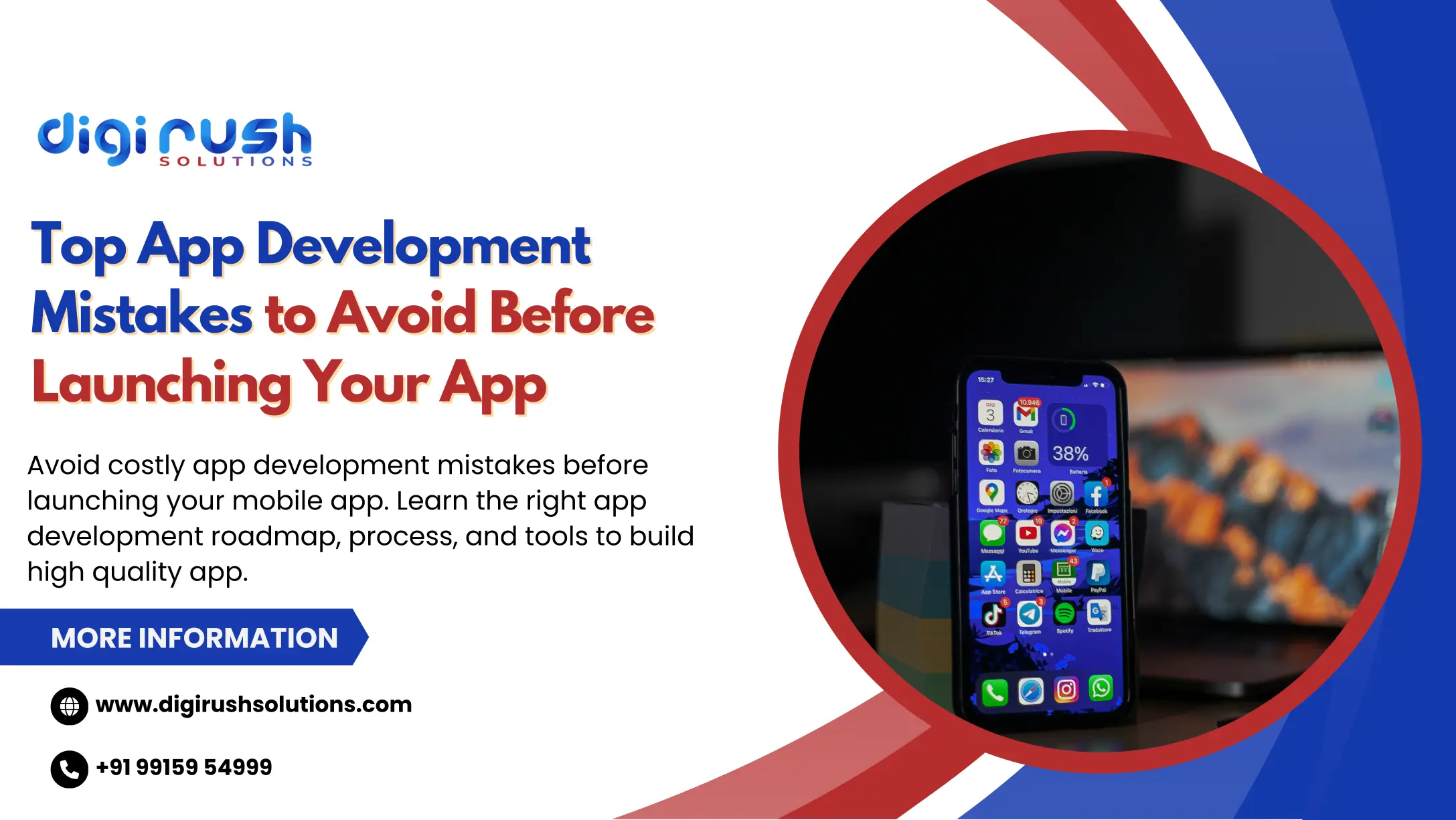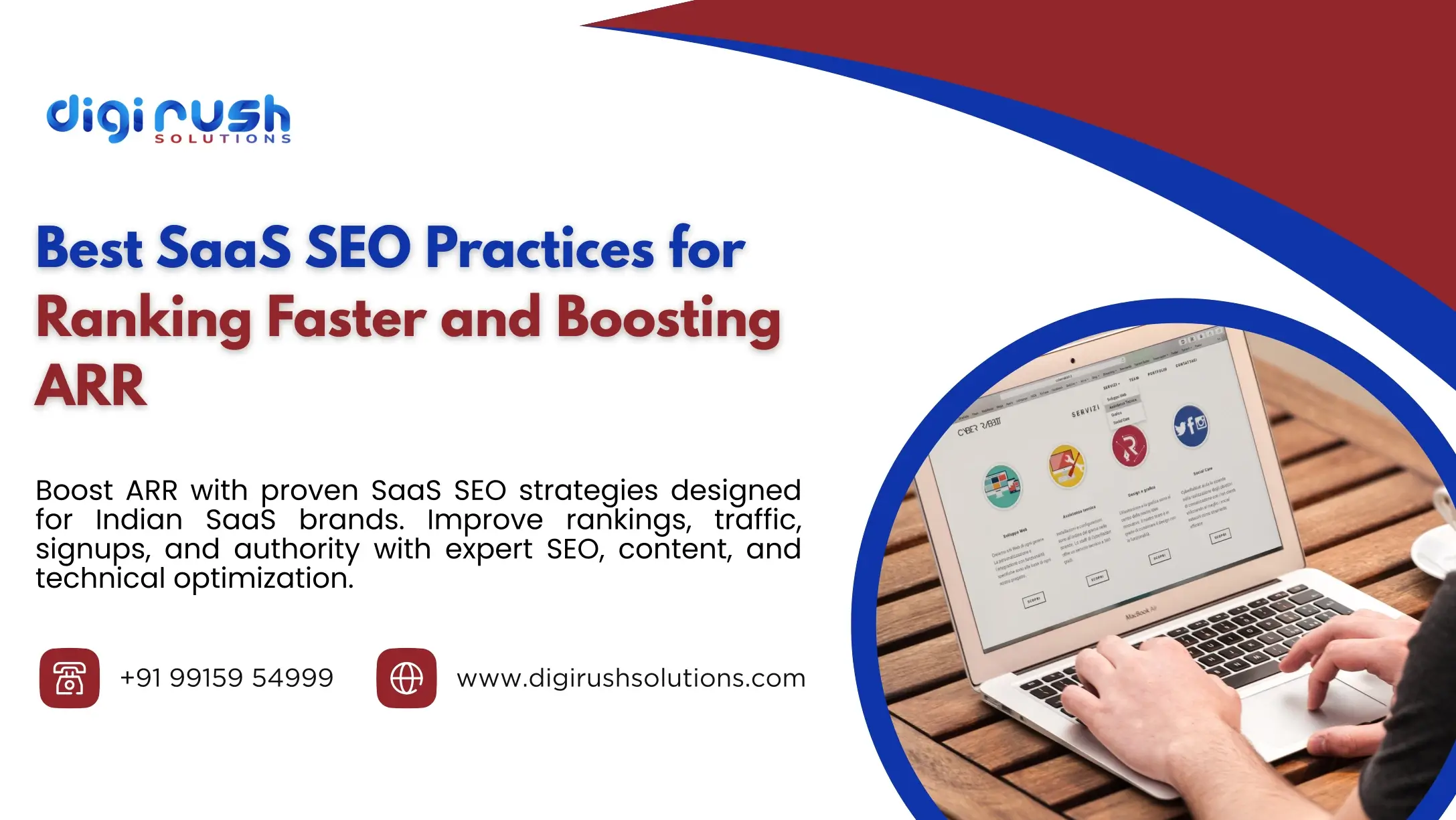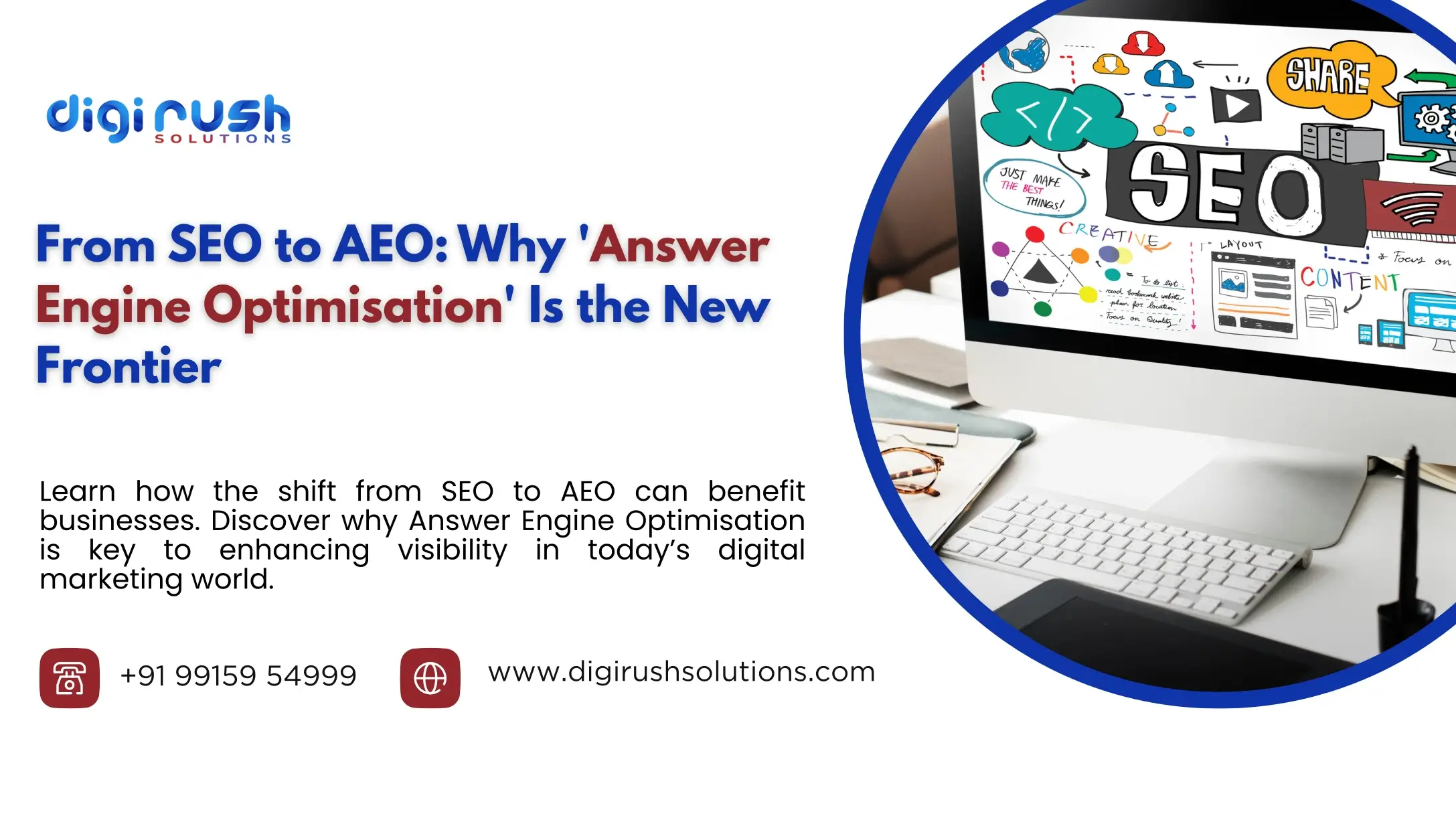
Social networking sites have become a crucial tool for online marketing and increasing your brand's visibility. However, posting links on these websites alone may not capture people's attention in today's busy feeds.
To really get noticed and ensure your material captures the audience's attention, it's crucial to optimize its visual appearance when posted. Open Graph tags are a hidden gem that can significantly improve your social media metrics by allowing you to control what is shown about your content.
What Are Open Graph Tags?
Open Graph tags are custom meta tags that offer structured metadata on a webpage. With Open Graph tags, you can control what's displayed when your content is shared on social media sites. Facebook created Open Graph tags, which are currently implemented by several sites, such as Twitter, LinkedIn, and Pinterest.
Without tags, social networks will scrape content from your page using their own algorithms, which may not always show your content in the best way. By using Open Graph tags, you have complete control over how your content appears, from title and description to image and URL, so your content will look great and get clicked.
Why Open Graph Tags Are Essential for Social Media Success
Utilizing Open Graph tags is a crucial factor in effective social media marketing. Here's why they are a must for your campaign:
1. Boosted Visual Appeal
The first thing a user sees on their social media timeline is the visual information. Open Graph tags enable you to specify the title, description, and image that will be associated with your posted link. In their absence, the preview displayed when your content is shared may not always show the most relevant or enticing details.
By defining the correct image, title, and description using Open Graph tags, you make your content visually attractive. The og: image tag is especially vital as it allows you to select a quality image that is pertinent to your post. Posts featuring visually appealing images engage more viewers and generate more traffic.
2. Greater Click-Through Rates (CTR)
The frequency of clicks on your links can gauge the success of social media sharing. Studies indicate that eye-catching images, engaging titles, and clear descriptions have higher click-through rates (CTR). Open Graph tags give you complete control over these aspects, allowing you to create a memorable social media preview.
By using optimized titles and descriptions, you can encourage users to click on your links rather than scrolling past them. Your shared links thus have a better click-through rate, resulting in more traffic on your blog or site.
3. Enhanced Social Engagement
Social media is about interaction. Visually appealing and informative posts are more likely to get likes, shares, and comments. Open Graph tags help ensure your shared content is framed to grab attention and initiate interaction.
The more relevant and appealing your content appears when posted, the higher the likelihood that users will engage with it. This can initiate a social signal boost, including shares, likes, and comments, which in turn increases its visibility.
4. Improved Branding Consistency
Each brand desires a unified image on every platform. Open Graph tags allow you to customize the title, description, and visuals of your social media previews, ensuring brand consistency. When users view your content on various social media sites, they will instantly identify your brand's voice, values, and visual style.
By having your Open Graph tags follow your branding guidelines, you ensure that the look and feel of your content, as well as its message, is consistent. This promotes brand identification and builds trust with consumers.
5. Improved SEO
While social signals (comments, shares, and likes) don't specifically affect SEO rankings, they can cause traffic to your site. Open Graph tags help make your content more shareable, thereby generating more traffic from social sites. Increased engagement can indirectly affect your website's SEO performance, as higher traffic signals to search engines that your material is worthwhile.
Optimized Open Graph tags increase social engagement, which in turn boosts your content's visibility. More traffic means more opportunities for backlinks, mentions, and higher search rankings, ultimately contributing to your SEO efforts.
For those interested in diving deeper into search engine optimization, exploring SEO Services in Jaipur can offer valuable insights into tailoring SEO strategies to meet the specific needs of businesses in this region.
Essential Open Graph Meta Tags You Should Use
To make the most out of Open Graph tags, here are the most essential tags to include in your HTML code:
1. og: title
The og: title tag defines the title of your content that will appear when it's shared on social media. This title should be attention-grabbing and concise while accurately reflecting the content of your page.
Example:
<meta property="og:title" content="Master SEO: Tips for 2025" />
2. og:description
The og: description tag provides a summary of the content. Crafting a compelling description is crucial, as it gives users a sneak peek into what they can expect. A well-written description can persuade users to click on the shared link.
Example:
<meta property="og: description" content=" Get top SEO strategies to help you rank higher in search engines in 2025." />
3. og: image
The og: image tag specifies which image will accompany your shared link. A high-quality, relevant image can significantly increase engagement. Select images that best represent your content and are optimized for social media previews.
Example:
<meta property="og:image" content="https://example.com/images/seo-tips.jpg" />
4. og:url
The og:url tag ensures that the correct URL is shared. If you have multiple pages or versions of a piece of content, this tag points to the canonical URL, preventing any potential duplicate content issues.
Example:
<meta property="og:url" content="https://example.com/seo-guide-2025" />
5. og: type
The og: type tag defines the type of content you are sharing. This could be an article, video, product, or other content. It helps social media platforms display the content in the correct format.
Example:
<meta property="og:type" content="article" />
6. og:site_name
This tag specifies the name of your website. It helps identify your brand when users share your content on social media.
Example:
<meta property="og:site_name" content="SEO Mastery" />
How to Check Your Open Graph Tags
After adding Open Graph tags to your web pages, it is critical to check whether they are functioning well. Several tools are capable of detecting how your content will be displayed on social media:
1. Facebook Sharing Debugger
It allows you to preview your content as it will appear on Facebook and identify any problems with your Open Graph tags. It also provides guidance on how to correct errors.
2. Twitter Card Validator
Twitter employs an equivalent set of tags known as Twitter Cards. The Card Validator helps you preview how your content will look on Twitter, ensuring all details are correctly displayed.
3. Open Graph Checkers
There are also several online tools available that can assist you in testing and validating your Open Graph tags to ensure they are functioning effectively on all platforms.
For companies seeking integrated social media plans, researching social media management services can be beneficial in creating compelling, shareable content.
Conclusion
Open Graph tags are an effective way to maximize your social media content. With the ability to influence how your linked content is displayed, title, description, and image Open Graph tags increase your content's engagement, click-through rate, and alignment with your brand message. Implementing Open Graph tags ensures your social media updates are noticed, increasing click-through rates and driving social engagement and traffic to your site.
Start using Open Graph tags today and see how they can boost your social media presence. With total control over your content's display, you can create visually appealing and engaging posts that attract more visitors and encourage social sharing. Open Graph tags are an easy and effective way to boost your social media presence and advance your digital marketing campaign.
For those who require customized digital plans, exploring content marketing services can help align your social media updates with broader content objectives, optimizing response.
Recent Blog








